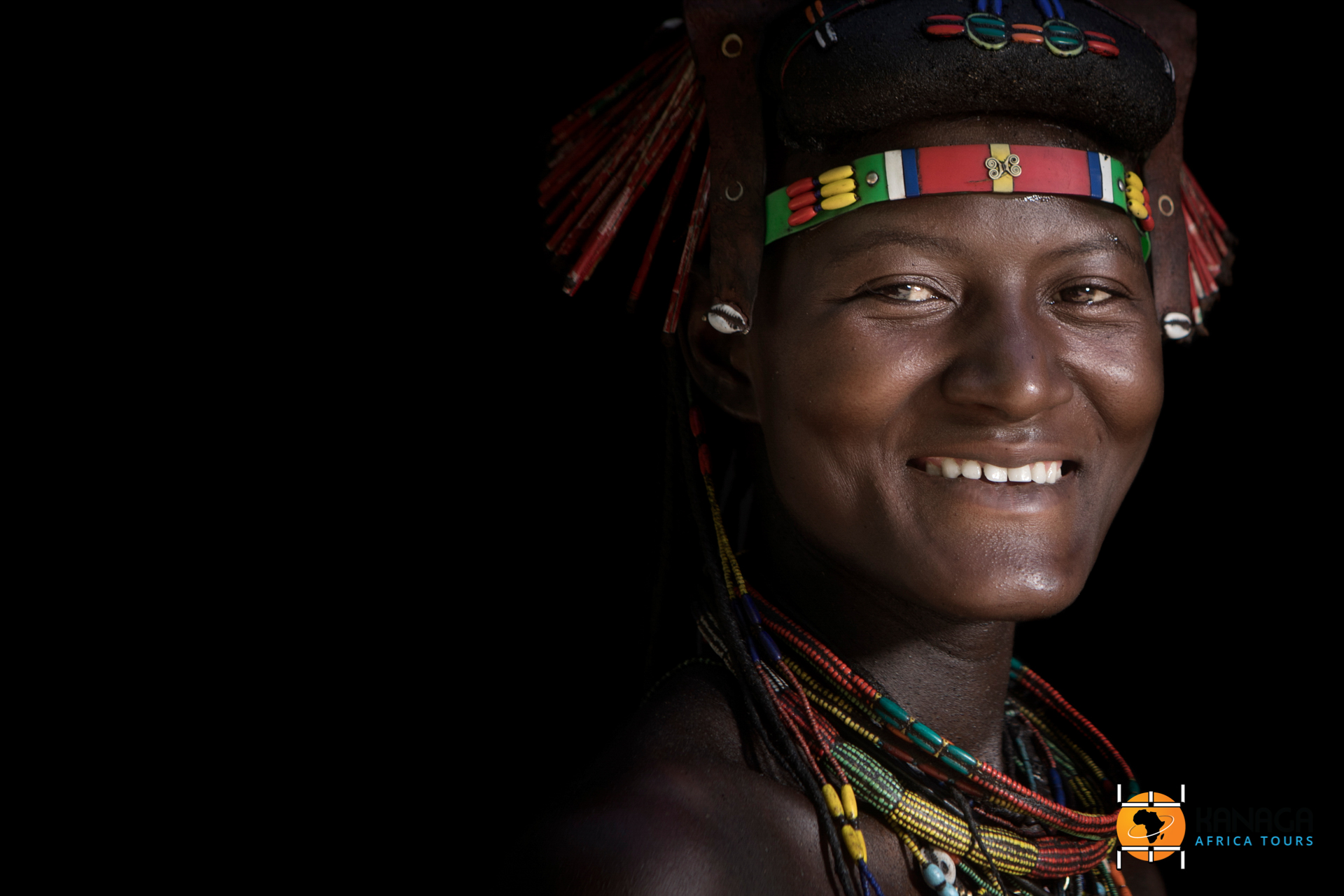The south of Angola, with its verdant valleys and deserts lapping at the waters of the Atlantic Ocean, is the cradle of the country’s ethnic diversity, with numerous tribes following a traditional way of life.
The Mumuhuila (or Mwila) are a semi-nomadic ethnic group belonging to the Bantu, who live in the area around the Huila town. They practice subsistence agriculture, mainly based on maize cultivation, and sheep and cattle breeding. The society is led by a tribal chief and a council of elders, while the basic religion is animist, and ancestor worship is practised. The hairstyle of the women is one of the most recognisable symbols of this group: the locks are kneaded with a mixture of land, oil (or butter), herbs and dried cow dung. The number of dreadlocks (called nontombs) that are created are usually 4 or 6, and have a particular meaning (e.g. the number 3 indicates that an important family member has recently died). The striking necklaces are also of particular interest, and each one corresponds to a particular period in the woman’s life.
Other ethnic groups that can be encountered in the south are the Muhimba, related to the Namibian Himba, the Muhacaona (or Mucawana), an aboriginal group settled around the town of Oncocua, the Vatua (or Curocas), of Bantu origin and composed of the Cuissis and Cuepes, and the Mucubal (or Mugubale), semi-nomadic people related to the Herero who live between the Namib Desert and the Cunene River.



